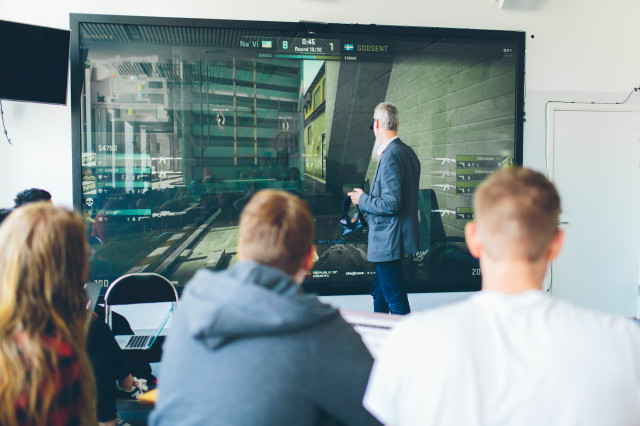A series of lectures and seminars that introduce different design methods combined with design exercises that give practical experience. All exercises are carried out within the scope of the project work that students carry out during the course. Methods that are covered include:
- methods to explore a design space: studies of existing interaction modalities, exploration of technologies as design material, state of the art analyses, mood boards
- methods to support design reviews: interaction criticism, parallel design, personas, structured brainstorming.
- methods to develop design alternatives: scenarios, lo-fi prototypes, video prototypes, prototype construction with modern soft- and hardware tools.
- methods for composition and presentation: fine tuning and testing of solutions, efficient user tests, presentation of completed solutions online through different media.
